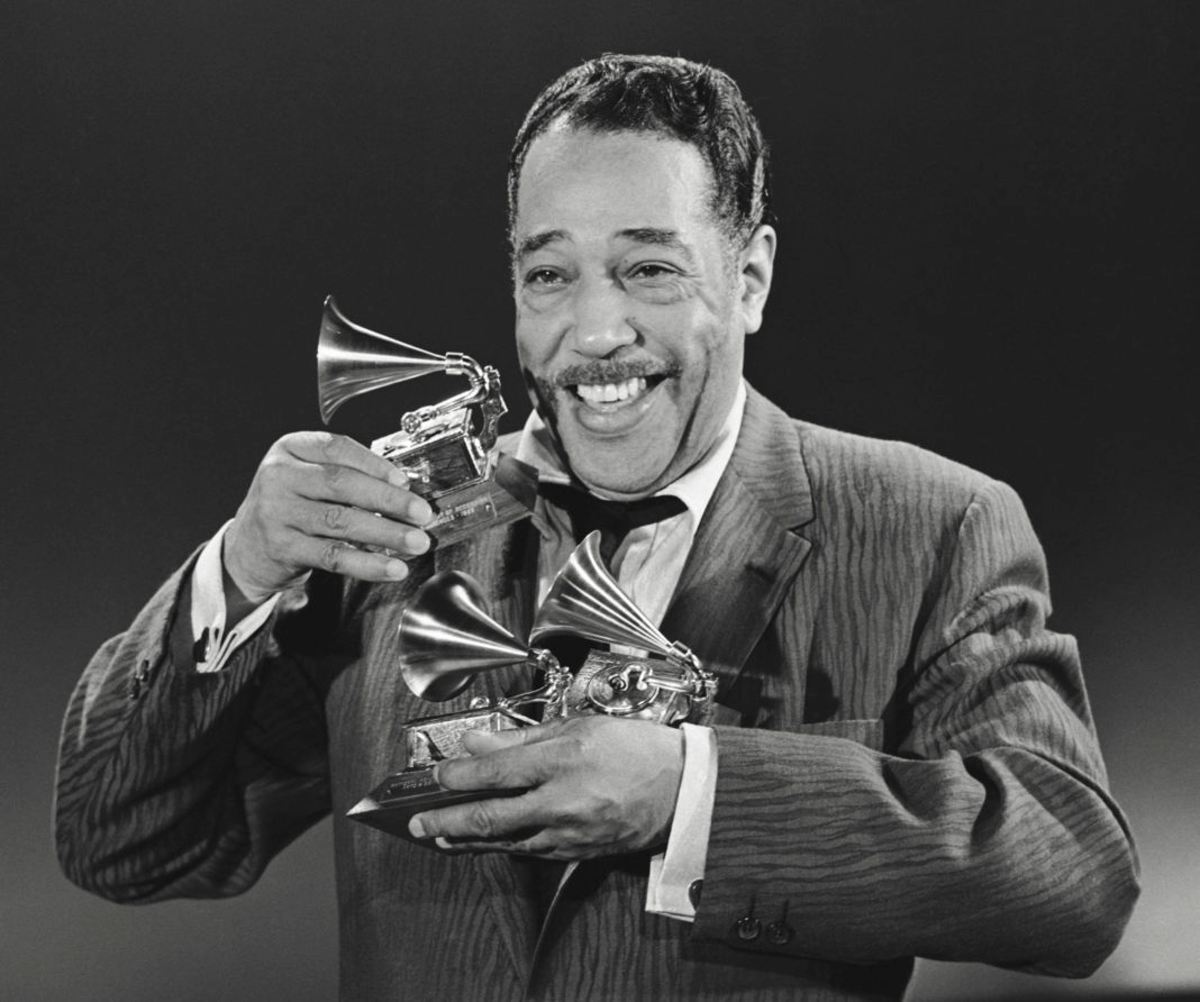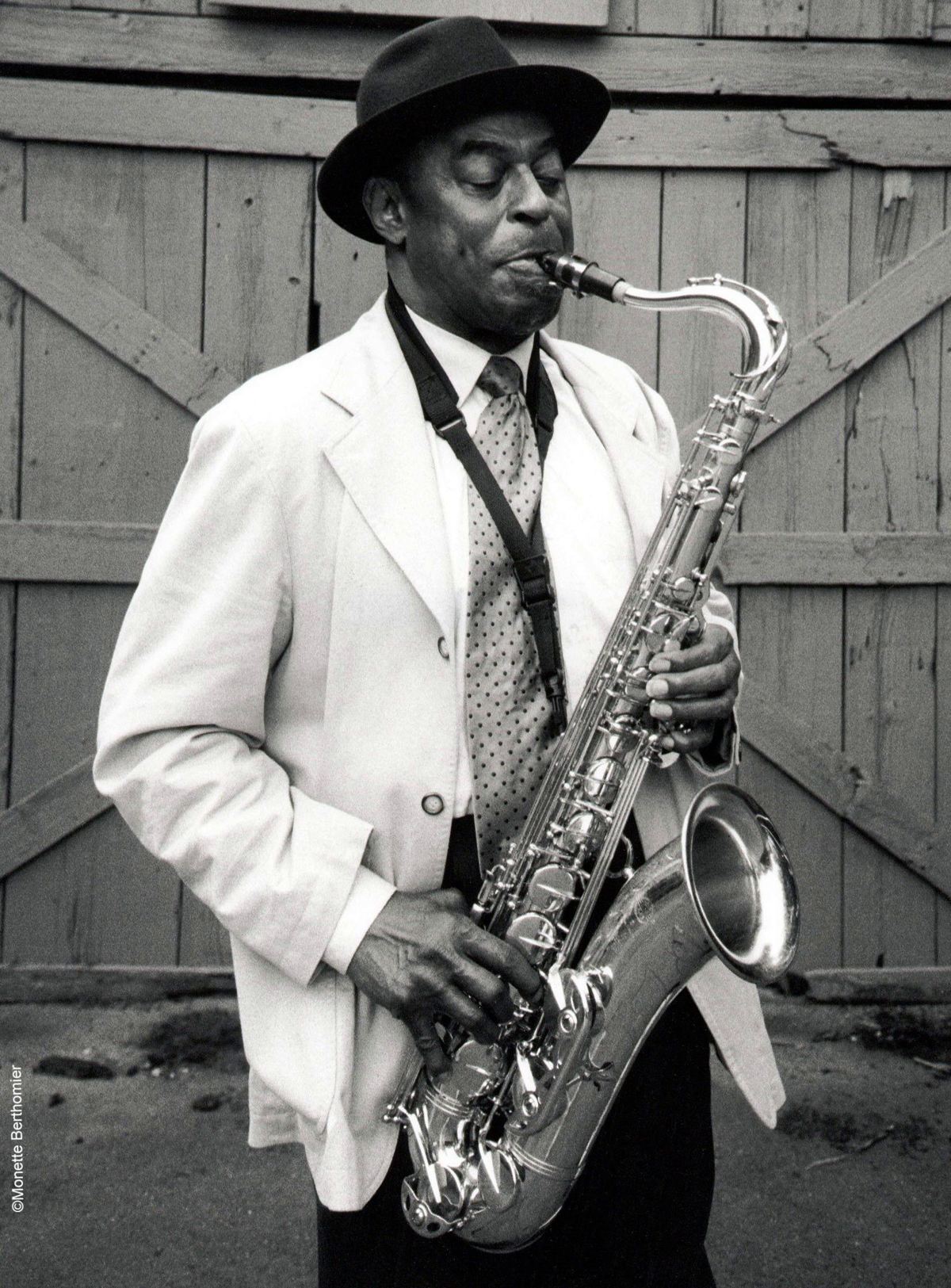A brief history of the development of jazz and blues
Содержание
Jazz - a musical movement that, like the blues, emerged as a result of a synthesis of African and European cultures. The roots of jazz lie in Africain African folk music. It was characterised by a particular rhythm and was associated with religious rituals. African rituals often accompanied by collective dances to certain rhythms.

When the Europeans started transporting slaves to the American continent, gradually the number of Africans living in European culture became larger and larger. This is what triggered the beginning of the merger European и African cultures.
Afterwards. abolition of slavery in America, former slaves became full members of European society. They gained access to education. This gave a new impetus to the fusion of European and African cultures, resulting in the world of music in the late nineteenth century blues and jazz begin to take shape.
The development of blues and jazz in Europe
There's a reason why blues and jazz have a lot of room for improvisations. In fact, the whole beauty of the melody, its whole meaning lies in this feature. For example, in classical European music, there is not much room for improvisation, but in jazz, on the contrary. This is due to the structure of the melody.

African folk music was largely based on the polyrhythmiasIn addition to the cross-rhythmic, rhythmic polyphony, the harmony in this music and the melody of the Africans is underdeveloped, which together gives the musician a great opportunity to easily depart from the main theme, to go into the "rhythmic polyphony". improvisationIn this way, European culture has contributed to the development of a new culture. In this way, European culture has contributed harmony and melody to African music, added character and nuance, and matched it with new means of expressions.
Further development of musical styles
Jazz и blues were constantly evolving. The character of the melody can be used to determine roughly what period of time a particular composition belongs to.
К twenties and thirties years can be attributed to the term swinging. Swing is an expressive medium in jazz, based on pulsation and constant deviations from the rhythm, than created a feeling of accumulation of great energy, which is about to explode and burst out at the listener.
К fortieth years refers to the style bebop. Bebop ushered in the modern-jazz era.
The main characteristic features are fast tempo, complex improvisations with changing harmonies. Bebop is mainly performed by small ensembles.
However, in the period from the twenties to the forties, the fashion was more for large and loud jazz orchestras, big bands. Such orchestras worked well on the scores and played already learnt improvisations at concerts, also demonstrating their solo improvisers.
Gradually, the big orchestras began to outnumber the smaller ones. jazz ensembles. Their concerts were often even spontaneous, and their improvisations were more varied, as opposed to the memorised parts of the big bands, which also attracted the public.
In such an environment, the style was born mainstream. Musicians from different large orchestras also joined together in small groups to feel freedom and really give themselves to the spirit of improvisation, to express their souls and convey their emotions to the audience, and not just to read from the sheet the learned and boring parts.
Since the big orchestras were mostly really real professionals and masters of their craft, their improvisations were really beautiful, even though bebop was predominant and the orchestra members played mostly swing, their improvisations were no less successful.



